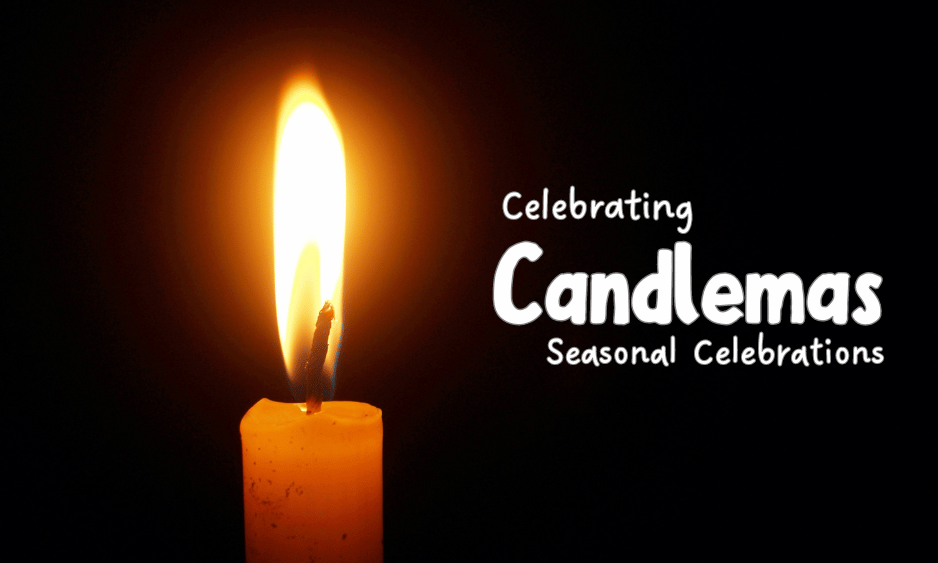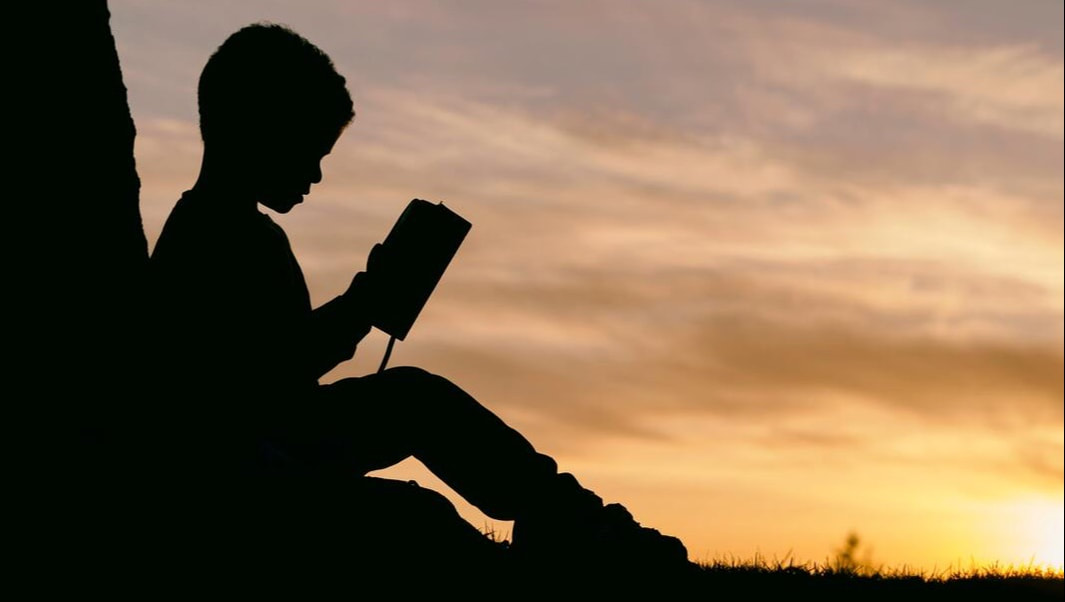Creating Rhythm, Routine & RitualAt Daily Wonder, we talk a lot about rhythm, routine and ritual. That’s because we know that young children feel a sense of good health when held by boundaries, including the layout of the day, week, and month. Children learn through play and doing until they reach high school, and they need lots of activities that spark their creativity and provide space for wonder. Then, when they know what we expect of them, the children are freed up to be in the moment. After that, it is up to the adults to create boundaries to free the children.
0 Comments
What is Candlemas?Did you know that Candlemas has been celebrated for centuries under different names? As with many festivals today, it has its roots in pagan culture. For example, today, we are more familiar with references to Groundhog Day as a way to mark the coming of spring. However, way before Groundhog Day, this marking of the year was referred to as Candlemas, part of the Christian tradition. But, of course, before the Christian tradition, this day was celebrated by the Celtic people and known as Imbolc, which celebrates Brigid, the Goddess of the Dawn.
Daily Wonder Literacy ProgramAt Daily Wonder, learning to read evolves for each child in the same form as it evolved from the beginning of humanity: spoken language developed first, then people drew pictures to communicate their ideas, followed by symbols such as hieroglyphics and finally the abstract letters of our modern alphabets. Once there was a written language, people learned to read. This unfolding inspires the sequence of the literacy program laid out in Daily Wonder curriculum. For Daily Wonder, the central theme for all lessons, in every subject, is the human story. We use storytelling to shape and deliver the living pictures behind every lesson, including the literacy program.
|
BlogExplore schedules, rhythms & routines, songs, music, festivals, free play, meals, projects & more to support your homeschooling program.Categories
All
Archives
July 2024
|
You might be wondering... |
Visit us on Teachers Pay Teachers© COPYRIGHT 2020. ALL RIGHTS RESERVED
Serving your worldwide educational needs from Comox Valley, BC, Canada. |




 RSS Feed
RSS Feed